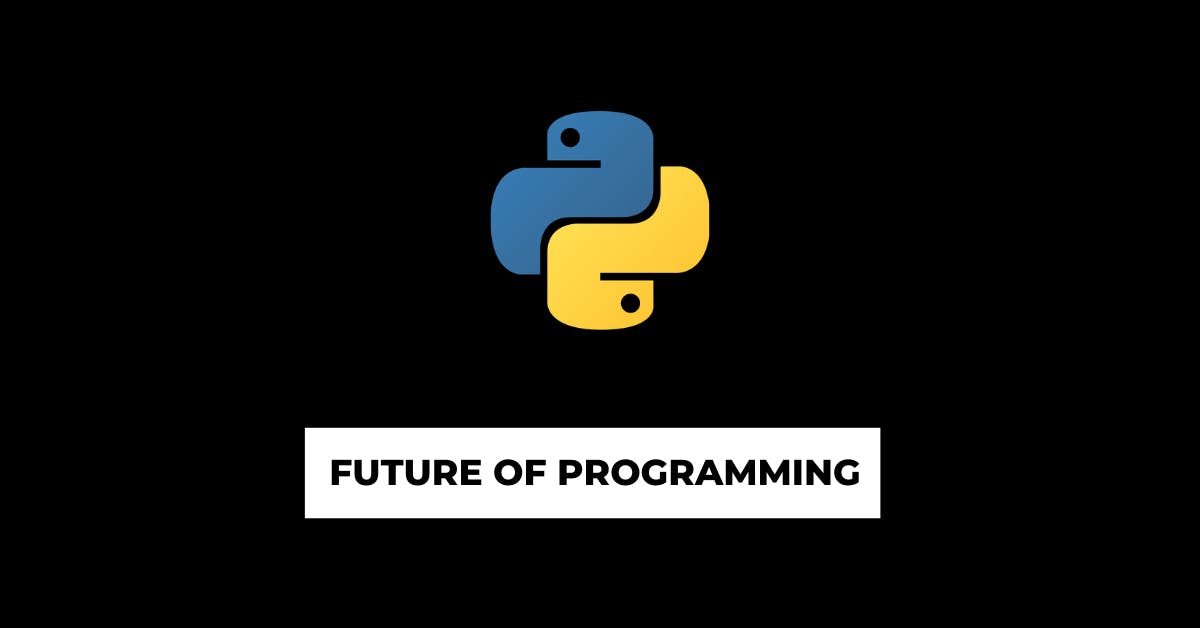This year, Python just edged out Java in the overall ranking, much like it surpassed C# last year and PHP the year before. Python is the
fastest-growing major programming language today, and look at where is
PHP.
Current Scenario:
development, one of the reasons why Python is being extensively used
nowadays is due to its applications in the field of machine learning,
where machines are trained to learn from the historical data and act
accordingly on some new data.
and now even in Trading (to analyze and build strategies based on
financial data).
Use of Python:
professional developer. It is being used in academia, at web companies,
in large corporations and financial institutions. It is used for,
- Web and Internet development: Python is used on the server-side to create web applications.
- Software development: Python is used to create GUI applications, connecting databases, etc.
- Scientific and Numeric applications: Python is used to handle big data and perform complex mathematics.
- Education: Python is a great language for teaching programming, both at the introductory level and in more advanced courses.
- Desktop GUIs: The Tk GUI library2 included with most binary distributions of
Python is used extensively to build desktop applications. - Business Applications: Python is also used to build ERP and eCommerce systems.
Why Python?
- Simple: Compared to many other programming languages, coding in
Python is like writing simple strict English sentences. In fact, one of its oft-touted strengths is how Python code appears like pseudo-code. It allows us to concentrate on the solution to the problem rather than the language itself. - Easy to learn: As we will see, Python has a gentler learning curve (compared to languages like C, Java, etc.) due to its simple syntax.
- Free and open source: Python and the majority of supporting libraries available are
open source and generally come with flexible and open licenses.
It is an example of a FLOSS(Free/Libré and Open Source Software). In layman terms, we can freely distribute copies of open source software, access its source code, make changes to it, and use it in new free programs. - High-level: Python is a programming language with strong abstraction from
the details of the underlying platform or the machine. In contrast to low-level programming languages, it uses natural language elements, is easier to use, automates significant areas of computing systems such as resource allocation. This simplifies
the development process when compared to a lower-level language. When we write programs in Python, we never need to bother about the lower-level details such as managing the memory used by programs we write, etc. - Dynamically Typed: Types of variables, objects, etc. in Python are generally inferred
during runtime and not statically assigned/declared as in most of the other compiled languages such as C or Fortran. - Portable: Being open source and also with support across multiple platforms, Python can be ported to Windows, Linux and Mac. All Python programs can work on any of these platforms without requiring any changes at all if we are careful in avoiding any platform-specific dependency. It is used in the running of powerful severs and also small devices like the Raspberry Pi3.
- Interpreted: A programming language can be broadly classified into two
types viz. compiled or interpreted. A program written in a compiled language like C or C++ requires the code to be converted from the original language (C, C++, etc.) to a machine-readable language (like binary code i.e. 0 and 1) that is understood by a computer using a compiler with various flags and options. This compiled program is then fed to a computer memory to run it. Python, on other hand, does not require compilation to machine language. We directly run the program from the source code.
Internally, Python converts the source code into an intermediate form known as byte code and then translates this into the native language of the underlying machine. We need not worry about proper linking and the loading into memory. This also enables
Python to be much more portable, since we can run the same program onto another platform and it works just fine! - Garbage Collection – Python takes care of memory allocation and deallocation on its own. In other words, a programmer does not have to manage memory allocation and need not have to preallocate and deallocate memory before constructing variables and objects. Additionally, Python provides Garbage Collector6 interface to handle garbage collection.


